Amber is a fit subject to tackle in the colder weather, if only because it's such an enveloping aura it creates. There are many misunderstandings about amber and hopefully we will dispel some of them here. Amber is a difficult term to describe in perfumery, simply because it has so many meanings as a word. Amber has additionally become a rather generic, all encompassing term, resulting in us being able to find all types of oils touted as "amber oil" in the market and sold online.
Essentially, there is
no such thing as an amber essential oil. Essential oils are oils from plants in their purest form, distilled or otherwise extracted from a single plant species. Fragrant amber is a combination of several different botanical sources (or in
ambergris’s case -which is a completely different material- a product of animal origin,
more on which later). There is no
one plant from which amber comes from, although some claim it comes from a special tree growing in the Himalayas. This is probably imaginative copy. Fir tree resin, in its regular, non-fossilised form is actually used in perfumery sometimes and offers a rather sweet, warm and deep smell that serves as a base to anchor the other ingredients that are placed on top of this less volatile ingredient. But it's not the usual reference.
The concept of "amber" on the whole is in fact
an olfactory convention of the late 19th century and became a perfume "genre" at that time with the invention of vanillin (synthetic vanilla, as known from patisserie to most of us) added to the time-honored use of
labdanum. This is for all practical purposes what we refer to as
the "amber note": labdanum and vanillin.
"Ambery" is the general term -according to the French system - to describe the perfumes that fall in the oriental group and that have a warm, slightly powdery, erotic, animalic tonality in them ("parfums ambrés"). We could classify
Shalimar, Obsession,
Must de Cartier or
Moschino for women (original) in that category. This doesn't have to do with the actual ingredients, it’s rather a figure of perfumery speech, although of course the perfumes of this category do include "ambery notes".
Please note however that NOT all "orientals" however are "ambery": the
opoponax-based or
balsamic/resinous fragrances in the Oriental spectrum (
Opium or
Youth Dew for instance) can eschew significant use of pure "amber bases" (see below for actual ingredients for this) in lieu of other accords within the variety of materials in hand. Simply put, the "oriental group" of fragrances is more encompassing than the "amber orientals".
The following materials do NOT have a relation with "amber" as the term in perfumery is used:
*A sort of "amber oil" comes from the
Baltic amber; the fossilized resin from a prehistoric tree called
Pinus Succinifera, a pine species. Amber dust is a by-product of the fossil amber industry (which caters for jewels) and the material renders an amber oil through a process called destructive distillation of fossilized amber. The oil yielded contains succinic acid which is useful in health products, however due to its uninviting aroma it’s useless in perfumery. Therefore there is no such thing as "amber fossil" used in perfumery.
*Ambrette seed is another ingredient often mixed up with amber that gives however a
musk note in perfumes. Coming from the plant
Hibiscus Abelmoschus , the seeds are distilled to give a waxy substance that is then treated with an alkaline medium to give finally the "absolute”. The smell is slightly musky and soft, warm, peachy and snugly; used in many luxury perfumes.
*Ambergris is the legendary ingredient often used in relation to "amber" (as
ambra/amber appear shortened sometimes, since
ambergris in French means “
grey amber”).
Ambergris comes from a cured secretion from sperm whales; the whale secretes a substance to heal its stomach from the scratches of the cuttlefish it swallows when feeding. This gets out through the gastrointestinal system and is left floating on the ocean for years. The floating part is what gives it its characteristic slightly salty and warm , sensuous smell. It is animalic in a subtle way and retains its scent for centuries, just like musk.
So
what actually goes into the production of amber and ambery perfumes, you might ask at this point.
The answer is two-fold.
Natural ingredients are used by natural perfumers to create an amber base without actual ambergris (and without synthetic vanillin, as per above), meaning a perfume base that smells warm, erotic and sensual or simply an oil mix.
Usually these include:
1.Labdanum:
Cistus labdanum or rockrose is a gum resinoid from the common in the Mediterranean rockrose bush. In the past a long double rake (
ladanisterion) was used to comb off the gum from the beards of goats grazing on the bushes, especially in Crete, Greece. It has been used in incense since antiquity. Today the twigs and leaves are boiled to yield the gum. The aroma is the closest thing to real ambergris in the plant kingdom.
2.Benzoin: A secretion of the tree Styrax tonkinense, a tropical asian tree, in the form of tears, which is secreted when the tree is injured. Two varieties exist; Siamese and Sumatran, the former drier and more powdery, the latter sweeter, more caramel like.
Its aroma is sweet and warm and evolves into powdery balsamic.
3.Styrax levant (Liquidamber orientalis): Another resinoid from a tree, it smells a bit like glue with a cinnamon edge. It is important in the creation of amber chords and has a rounding effect.
4.
Natural vanilla extract from the Madagascar vanilla orchid can be used. (Perfumers dabbling in synthetics opt for vanillin instead)
Mandy Aftel in her book "
Essence and Alchemy" suggests a simple "amber base" made from just three materials for the amateur perfumer: 30 drops of labdanum, 120 drops of benzoin, 6 drops of vanilla.
Usually other accent notes are used in amber chords to differentiate the result and make it unique, ergo the abundance of different "amber oils" in the market. Some of the usual ingredients to do so are vanilla, tonka bean, Peru balsam (
sweet ambers), clove, cinnamon, Tolu balsam, sage, juniper (
drier ambers), sandalwood, patchouli, olibanum (
mysterious ambers), rose, jasmine or other flower essences in very small amount (
more floral ambers).
The big perfume manufacturing companies (not the designers or the cosmetics companies who label their name on them, but those who get the “brief” and go in the lab to create them, such as Firmenich, IFF, Givaudan, Roure etc)
have patented their own "
synthetic ambers" for use in their perfume creations. It goes without saying that in order to find out what your favourite perfume contains you have to find out which company is responsible for its creation. Those "amber bases" (and please note that some lean onto "ambergris") fall into three categories:
1.True ambers: Those include
Ambrarome Absolu by Synarome,
Ambrogène by Roure,
Ambergrissol by IFF,
Ambré B.V. by De Laire and
Fixateur 404 added to
Grisambrol by Firmenich.
2.Ambers from labdanum: Those include
Ambreinol and
Ambregris Synthetique by Givaudan,
Grisambrène by Firmenich,
Ambre Synthetique by Naarden.
3.Pseudo amber (which is closer to opopponax resin really): Those include
Ambre 53 by de Laire,
Ambreine Samuelsom by Firmenich and
Ambrène by R.Sondes.
New molecules are developed as we speak. For a modern and extremely popular synthetic that draws upon amber qualities refer to our article on
Ambrox/Ambroxan, a woody amber note with great tenacity and diffusion.
The issue of amber is a fascinating one and hopefully some of the more obscure aspects of it have thus been illuminated. It is important to know what is at the core of a fragrance, however it is our nose and limbic system that finally makes the decision for us. So, wishes for a happy amber hunting!
This article used some data from the archives/catalogues of the perfume companies mentioned, Mandy Aftel’s "Essence and Alchemy", Eden Botanicals and Ayala’s "Smelly blog". Thanks to all.

.jpg)


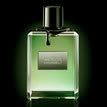


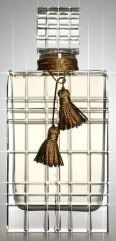
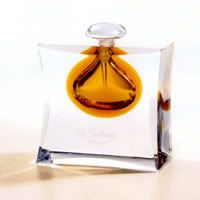


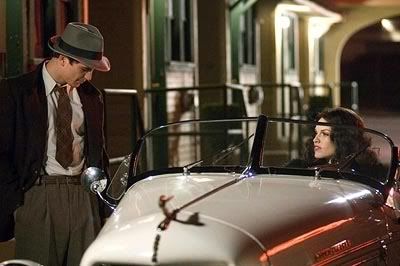
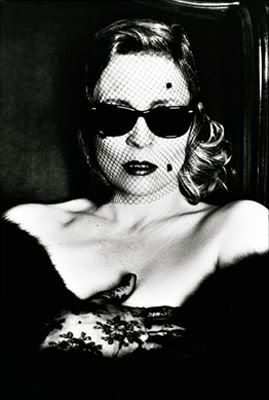
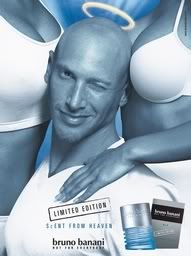
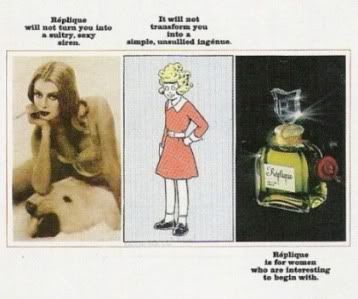
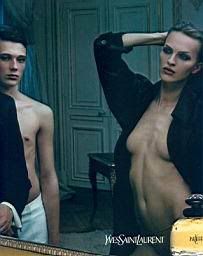

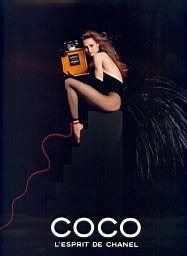
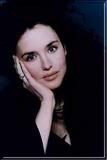



.jpg)